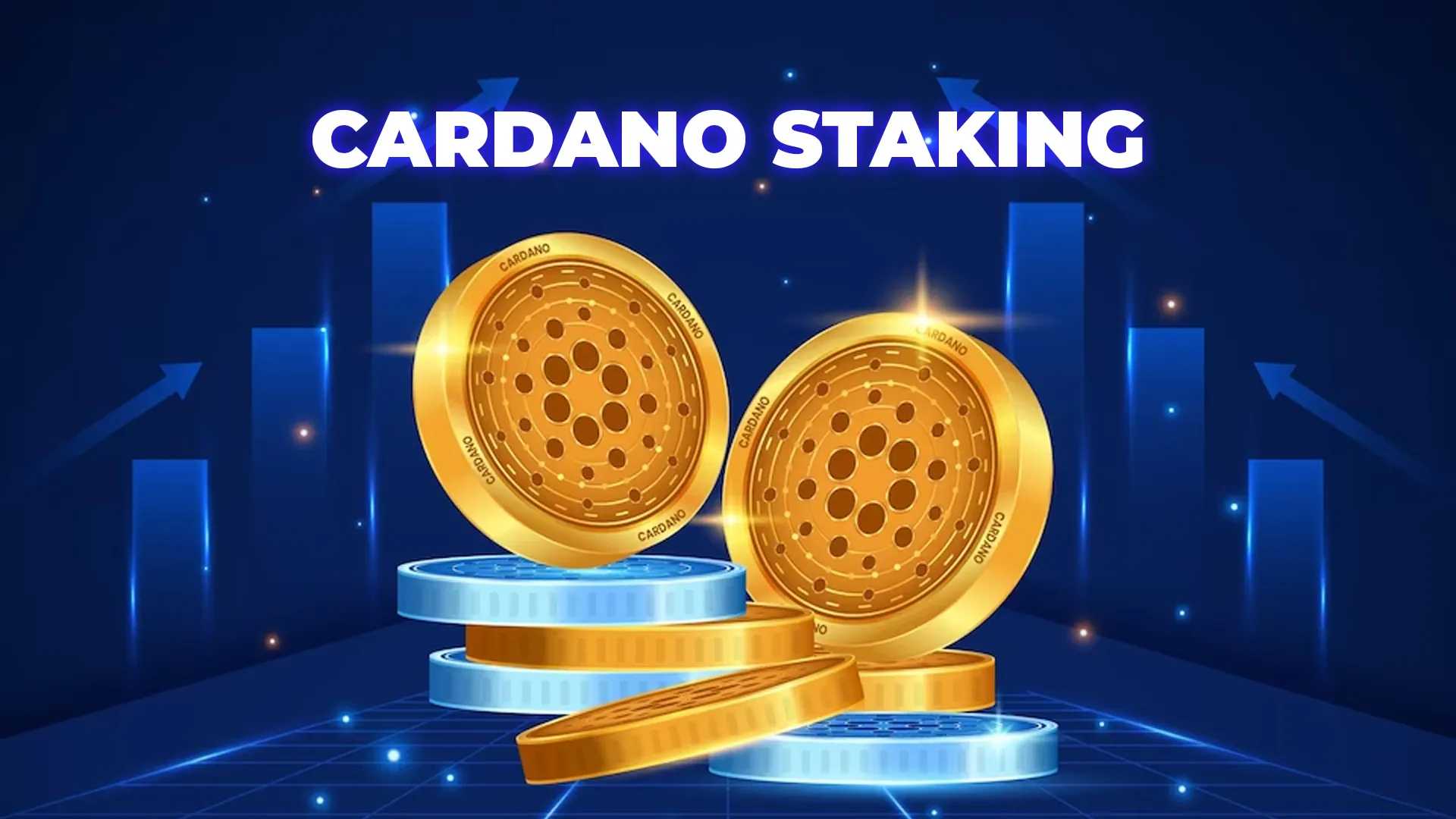
What Is Cardano Staking? understanding Cardano Staking It Works
- Knowing Cardano Staking.
- Get to know the workings of Cardano Staking.
Cardano (Ada) is an entirely decentralized POS blockchain designed to be much more efficient than POW blockchain networks. And because of this Cardano Staking, the security of this blockchain network is ensured.
Cardano (Ada) was named after Augusta Ada King, Countess of Lovelace (1815-1852), who is known as the first computer programmer. So, how does the world of Cardano work? Let’s have a look at it.
Difference Between POS and POW
Cardano works on a proof of stake (POS) protocol that is said to be much more energy-efficient than proof of work (POW) mining. This is done by eradicating the need for heavy computing resources that are needed in POW mining. The main difference between POS and POW is that the proof of work system requires users to compete and solve tricky problems before they are added to the blockchain, also known as cryptocurrency mining. On the other hand, the POS system works on the consensus of many validators that the transaction is correct before it is added to the blockchain. One example of POW is Bitcoin.
What Is Cardano Staking?
Staking in Cardano’s POS system means a node’s ability to open a block of the blockchain. A node’s stake is equal to the number of Ada it holds. A stake is an interest secured with the pledged Ada that is held by a participant. These pledged Ada cannot be sold or used by the holder as they are collateral for true validation behavior. Participants holding this pledged Cardano are rewarded with transaction fees. Users collaborate to open new blocks, update the ledger, and earn rewards. Staking is important to maintain the security and decentralization of Cardano. By staking Ada, one contributes to the network’s consensus and, in return, is rewarded with the generations made by the network.
How Does Cardano Staking Work?
Cardano (Ada) uses the POS system, in which a user can stake a coin and get a chance to become a validator. This process can work in two ways: You can either become a stake pool owner or a stake pool operator. The work of validating transactions in the network is done by stake pools, which are the trusted server nodes. A stake pool owner can make their own public or private stake pool by delegating their Ada to a pool. One can also become a stake pool owner by pledging their Ada to another pool. On the other hand, a stake pool operator is a trusted person who maintains the stake by renting the servers, monitoring the nodes, holding the pool key, and performing many other Cardano stake pool administrative tasks.
Conclusion
The plans to develop Cardano can be fulfilled when it becomes fully decentralized and many voting and treasury management functions are added to the blockchain. Till then, it is a good alternative to Bitcoin and many other POW systems, as it is more energy-efficient.



